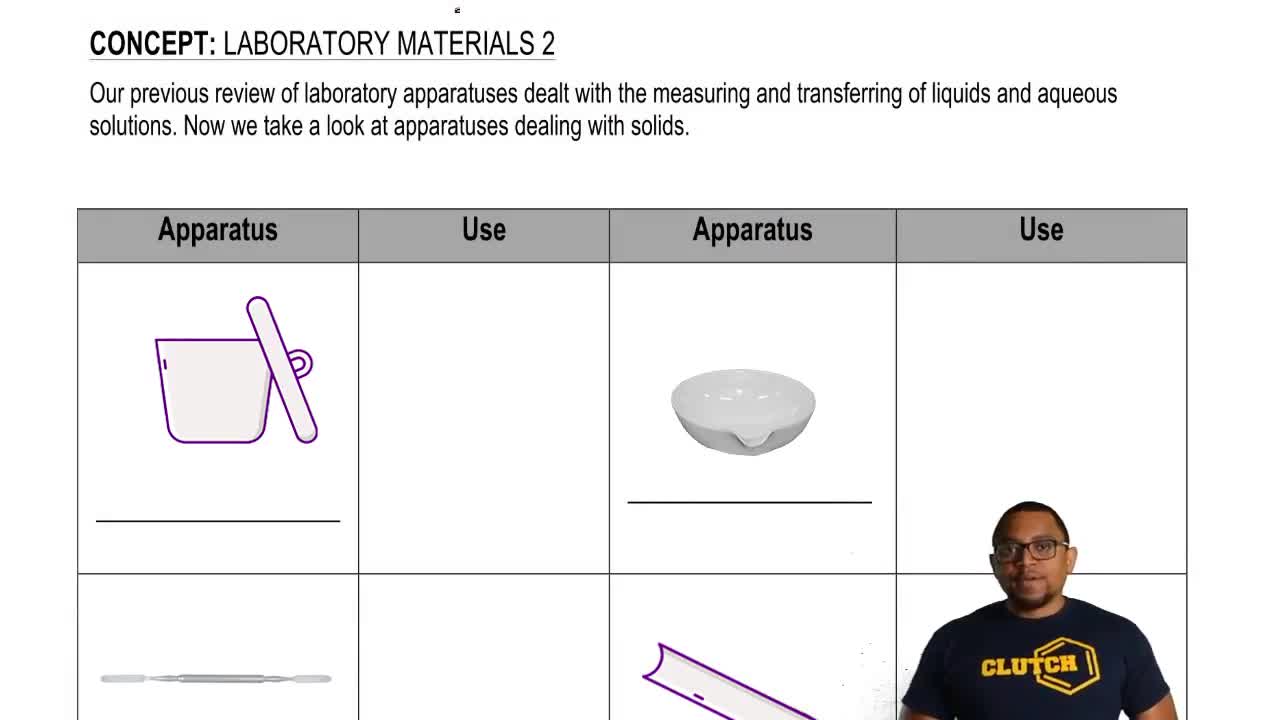In some applications nickel–cadmium batteries have been replaced by nickel–zinc batteries. The overall cell reaction for this relatively new battery is: 2 H2O(l) + 2 NiO(OH)(s) + Zn(s) → 2 Ni(OH)2(s) + Zn(OH)2(s) (c) A single nickel–cadmium cell has a voltage of 1.30 V. Based on the difference in the standard reduction potentials of Cd2+ and Zn2+, what voltage would you estimate a nickel–zinc battery will produce? (d) Would you expect the specific energy density of a nickel–zinc battery to be higher or lower than that of a nickel–cadmium battery?
Ch.20 - Electrochemistry

Brown15th EditionChemistry: The Central ScienceISBN: 9780137542970Not the one you use?Change textbook
Chapter 20, Problem 84b
Li-ion batteries used in automobiles typically use a LiMn2O4 cathode in place of the LiCoO2 cathode found in most Li-ion batteries. (c) In a battery that uses a LiCoO2 cathode, approximately 50% of the lithium migrates from the cathode to the anode on charging. In a battery that uses a LiMn2O4 cathode, what fraction of the lithium in LiMn2O4 would need to migrate out of the cathode to deliver the same amount of lithium to the graphite anode?
 Verified step by step guidance
Verified step by step guidance1
Identify the chemical formula for the cathodes: LiCoO_2 and LiMn_2O_4.
Understand that in LiCoO_2, 50% of the lithium migrates to the anode during charging.
Calculate the amount of lithium in LiMn_2O_4 that would need to migrate to deliver the same amount of lithium as in LiCoO_2.
Recognize that LiMn_2O_4 has a different stoichiometry, with one lithium per formula unit compared to LiCoO_2.
Determine the fraction of lithium migration in LiMn_2O_4 by comparing the stoichiometry and migration percentage of LiCoO_2.

Verified video answer for a similar problem:
This video solution was recommended by our tutors as helpful for the problem above.
Video duration:
9mWas this helpful?
Key Concepts
Here are the essential concepts you must grasp in order to answer the question correctly.
Lithium Migration in Batteries
In lithium-ion batteries, lithium ions move between the anode and cathode during charging and discharging. This migration is crucial for the battery's operation, as it allows for the storage and release of electrical energy. Understanding the fraction of lithium that migrates is essential for comparing different cathode materials and their efficiency in energy delivery.
Recommended video:
Guided course

The Electrolytic Cell
Cathode Materials in Li-ion Batteries
Different cathode materials, such as LiCoO2 and LiMn2O4, have distinct electrochemical properties that affect their performance in batteries. LiCoO2 is known for its high energy density, while LiMn2O4 offers better thermal stability and safety. The choice of cathode material influences the amount of lithium that can be effectively utilized during the charging process.
Recommended video:
Guided course

Laboratory Materials 2
Charge Capacity and Fractional Migration
The charge capacity of a battery refers to the total amount of charge it can store, which is directly related to the amount of lithium that migrates from the cathode to the anode. To deliver the same amount of lithium to the anode, it is necessary to calculate the fraction of lithium that must migrate from the cathode, which can vary based on the specific material properties and design of the battery.
Recommended video:
Guided course

Heat Capacity
Related Practice
Textbook Question
Textbook Question
Li-ion batteries used in automobiles typically use a LiMn2O4 cathode in place of the LiCoO2 cathode found in most Li-ion batteries. (a) Calculate the mass percent lithium in each electrode material.
Textbook Question
Li-ion batteries used in automobiles typically use a LiMn2O4 cathode in place of the LiCoO2 cathode found in most Li-ion batteries. (b) Which material has a higher percentage of lithium? Does this help to explain why batteries made with LiMn2O4 cathodes deliver less power on discharging?
Textbook Question
(a) Which reaction is spontaneous in the hydrogen fuel cell: hydrogen gas plus oxygen gas makes water, or water makes hydrogen gas plus oxygen gas?
Textbook Question
(b) Can the “fuel” of a fuel cell be a solid?
1
views
